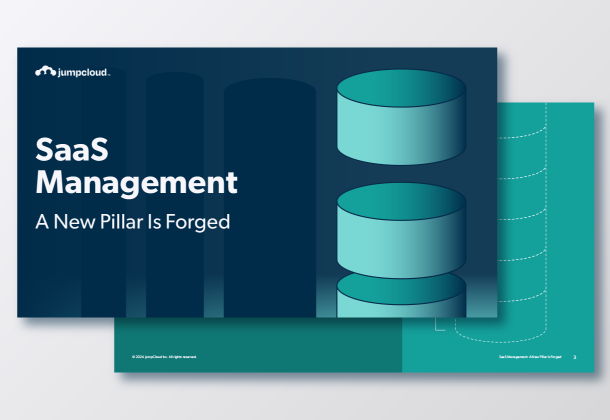IT Asset Management (ITAM) goes beyond knowing where your equipment is. When done right, it boosts operational efficiency, security, and cost savings. Top companies don’t just manage assets. They use them to gain an edge over competitors.
This guide will help you move from reactive inventory management to an ITAM program. This change will turn your IT operations into a strategic business partner.
The Hidden Value in Your IT Assets
Let’s get straight to the point. Strategic ITAM offers three key benefits that can improve your bottom line.
Cost Reduction and Optimization
Optimizing software licenses can save organizations 20-30% on annual spending. Many companies pay for unused licenses or duplicate software across departments.
Why does this matter to your CFO? Every unused license is money lost. With proper IT asset lifecycle management, you can:
- Eliminate unnecessary software purchases
- Adjust licensing based on actual usage
- Negotiate better renewal terms with accurate usage data
- Avoid costly compliance penalties
Hardware lifecycle management is just as important. You’ll know exactly when systems need refreshing, avoiding expensive emergency replacements.
Enhanced Security and Compliance
Shadow IT is unauthorized software and hardware that employees bring in. It poses serious security risks. Without full asset visibility, you can’t protect what you don’t know exists.
Strategic ITAM uncovers these hidden assets and enables:
- Patch management: You can’t patch systems you don’t know about. A complete asset register ensures every device gets necessary security updates.
- Compliance documentation: ITAM helps you prepare for ISO 27001, SOC 2, and more.
- Risk assessment: Knowing your entire IT environment helps identify and prioritize security vulnerabilities.
Five Steps to Strategic ITAM Success
Building an effective ITAM program takes time, but these steps will speed up the process.
Step 1: Know What You Have
Start with a thorough asset discovery process. Use automated tools to scan your network for all hardware and software.
Key actions:
- Deploy network scanning tools to find all connected devices
- Catalog software installations across systems
- Document asset details, including user assignments and locations
- Create a baseline inventory as your single source of truth
Pro tip: Validate your data. Have department heads check the assets assigned to their teams. This helps catch mistakes early.
Step 2: Create Approved Asset Lists
Develop clear policies for approved software and hardware. This step streamlines procurement and support.
Key actions:
- Create an approved software catalog with standard licensing terms
- Define hardware standards by role and department
- Establish approval workflows for new software requests
- Document the business reasons for each approved asset type
Standardization reduces complexity and strengthens your negotiating power with vendors.
Step 3: Lifecycle Management
Manage assets throughout their lifecycle—from procurement to retirement.
Key actions:
- Define lifecycle stages for different asset types
- Set up automated alerts for lease expirations and warranty renewals
- Create retirement procedures that ensure data security
- Establish refresh schedules based on performance data, not arbitrary timelines
Effective lifecycle management helps with budget forecasting and prevents chaos from emergency replacements.
Step 4: Break Down Information Silos
Your ITAM system shouldn’t exist in isolation. Integrate it with other critical business platforms.
Essential integrations:
- Help desk systems: Include asset information in support tickets to expedite resolutions.
- HR systems: Simplify onboarding and offboarding with automated asset assignments
- Financial systems: Link asset data to budgeting and depreciation tracking
- Security tools: Share asset information with vulnerability management and compliance systems
These integrations reduce duplicate data entry and ensure consistency.
Step 5: Turn Data into Strategic Insights
This is where ITAM becomes a strategic tool. Use your asset data to generate insights that inform business decisions.
Key reports to develop:
- Software utilization rates to find optimization opportunities
- Asset aging reports to predict refresh needs
- Compliance dashboards to track license adherence
- Cost per user metrics to benchmark IT spending efficiency
Regular analytics reviews help identify trends and show IT’s value to stakeholders.
Your Next Move: From Reactive to Strategic
Strategic ITAM goes beyond better inventory management. It changes how your organization views and manages technology investments. By following these practices, you’re not just tracking assets. You’re building a foundation for operational excellence.
The benefits of IT asset management extend beyond cost savings. You’ll boost security, simplify operations, and make IT a key partner that adds business value.
Start with discovery. You can’t manage what you don’t know exists. With that foundation, each step builds on the previous one. This creates a complete approach to strategic ITAM that achieves real results.
The question isn’t whether you can afford to implement strategic ITAM; it’s whether you can afford not to. Every day you wait means more hidden costs, security risks, and missed chances.






